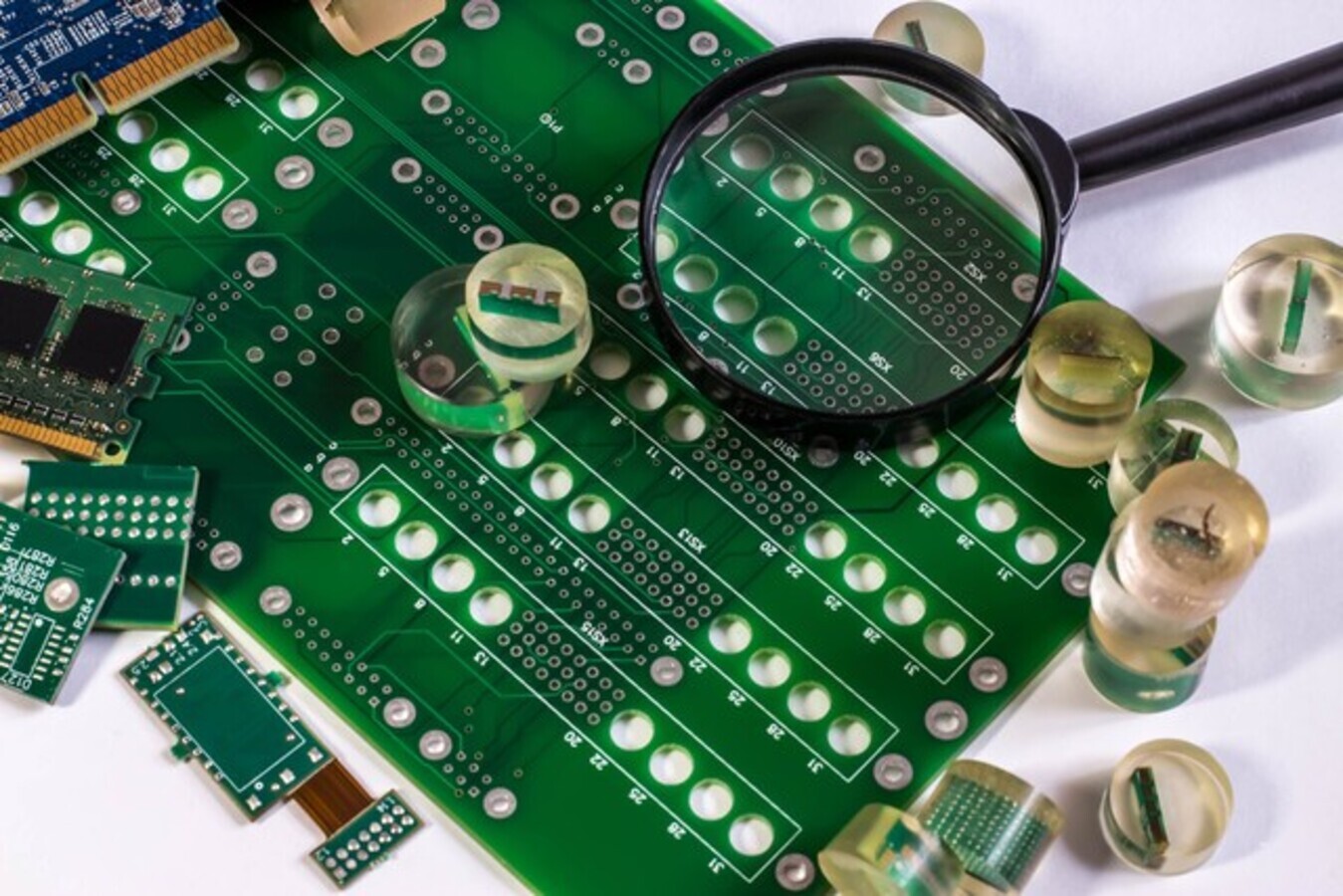What are the common file formats used in PCB production? from dtertz's blog
With the rapid development of technology, PCB boards (Printed Circuit Board) play an important role in electronics manufacturing.pcb making company However, in the process of producing PCB boards, the choice of file format has a crucial impact on the efficiency and accuracy of production. Therefore, this article will analyze the production of PCB boards required file format, and provide you with some notes to help you successfully complete the production of PCB boards.
First of all, we need to clarify the file format required for the production of PCB boards. Common PCB file formats include Gerber files,multilayer pcb Drill files and Excellon files. These files are used to describe key information such as the PCB board's graphic layers, drill locations, and drill sizes, respectively.
Specifically, the Gerber file is a commonly used file format to represent the graphics and hierarchy of a PCB board. It contains elements such as circuit diagrams, pads, vias, alignments, etc. for each layer of the PCB board.Gerber files are usually generated by CAD software and can be converted by CAM tools to different formats required by the manufacturer.
The Drill file, also known as a drill file, is mainly used to describe the location and diameter of the holes on the PCB.PCB board china It usually contains information such as the coordinates where the holes are located, the size of the holes, and the associated drill specifications. The Drill file is used by the manufacturer to drill the PCB.
The Excellon file is also a common file format used to describe the location and size of the drilled holes on a PCB. Similar to the Drill file, the Excellon file contains the coordinates of the drilled holes as well as the size of the holes. Manufacturers can accurately process the drilled holes based on the Excellon file.
In addition to choosing the right file format, there are a few considerations to keep in mind. First, it is important to ensure that the correct levels and elements are selected when generating the file so that important details are not missed. Secondly, you need to make sure that the version of the generated file is consistent with the manufacturer's requirements to avoid production problems due to incompatible versions. In addition, you should also pay attention to whether the units and dimensions in the file are consistent with the design requirements to ensure the accurate production of the PCB board.
Before submitting the files, it is recommended that you validate and check the files first. Professional validation tools can be used to check the files for errors or incomplete parts. By performing validation and checking, you can greatly reduce errors and problems in the production process and improve the overall production efficiency and quality.
To summarize, producing PCB boards requires choosing the right file format and paying attention to the relevant details and requirements. By using Gerber, Drill and Excellon files correctly, as well as performing file validation and checking, you can ensure that PCB boards are produced accurately and that production efficiency and accuracy are maximized.
Related articles:
PCB QUALITY IS PRODUCED OR TESTED?
Effective Practical Approaches to Prevent Plagiarism in PCB Circuit Boards


The Wall